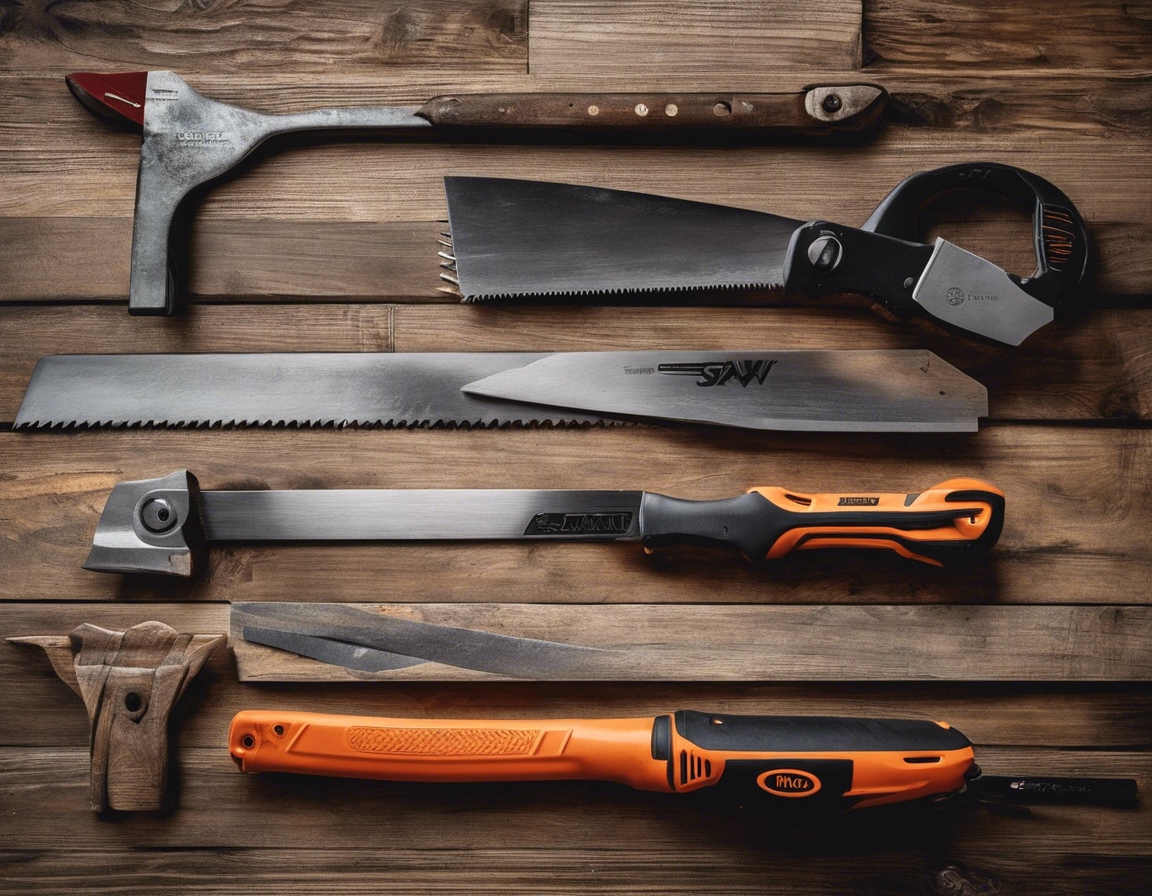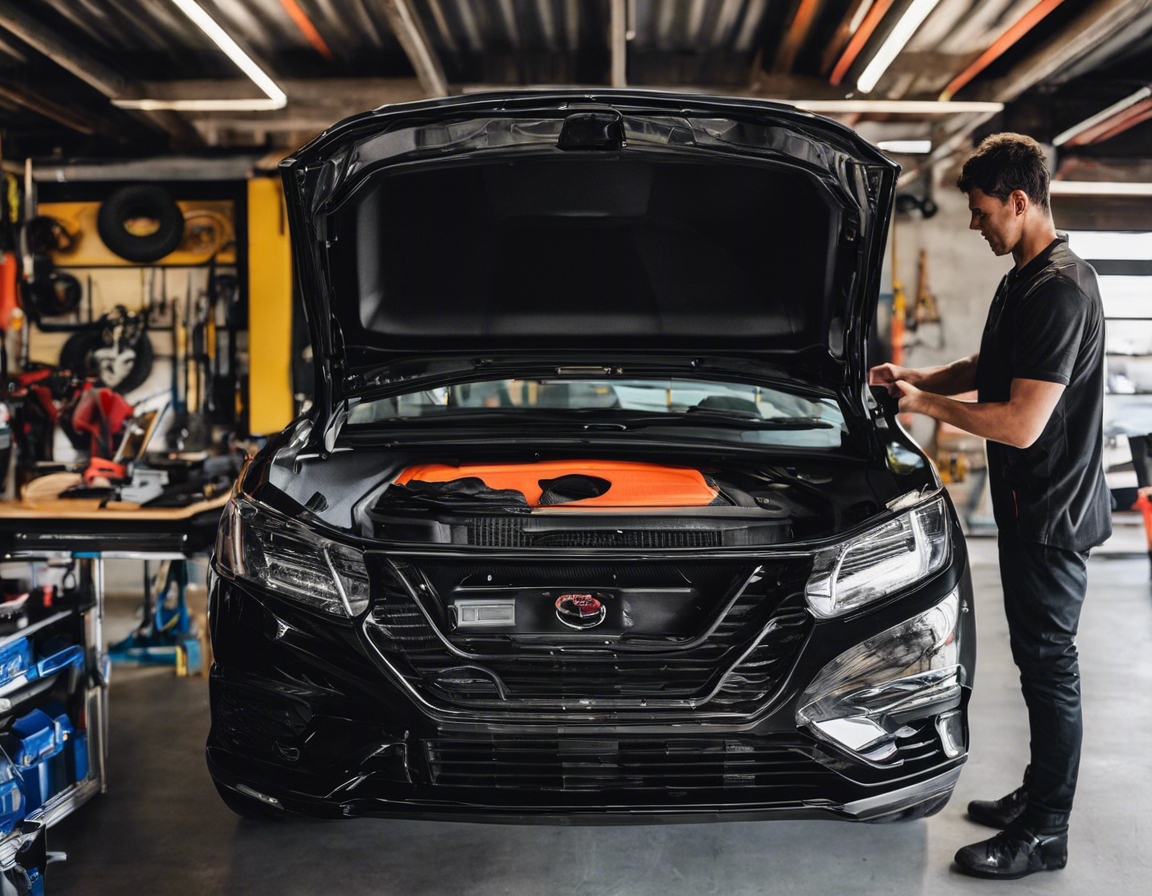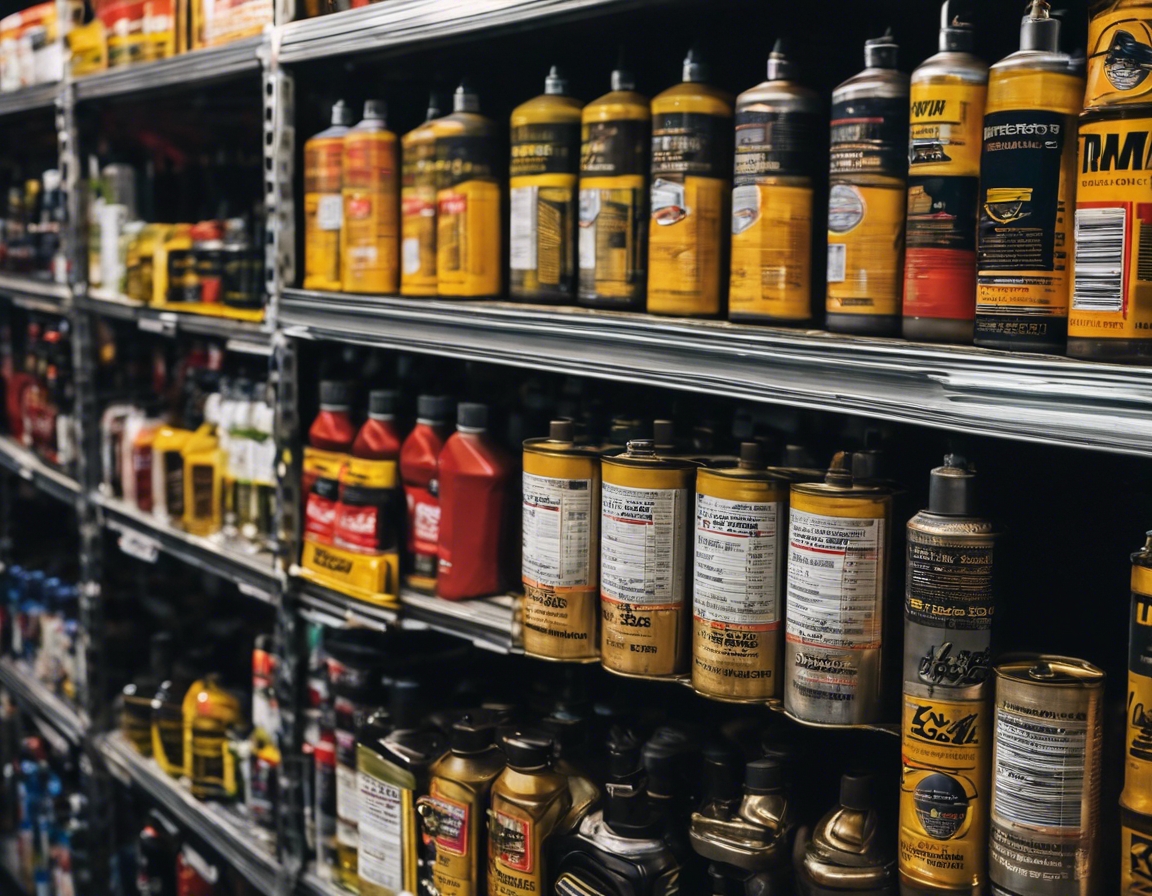5 tips for choosing the right welding equipment
Before selecting welding equipment, it's crucial to understand the types of metals you'll be working with. Different metals require different welding techniques and equipment. For instance, welding aluminum is different from welding steel and requires specific equipment that can handle its properties.
The thickness of the materials you plan to weld also plays a significant role in equipment selection. Thicker materials may require more powerful welding machines capable of delivering higher output to penetrate adequately.
How often you weld should influence the type of equipment you choose. If you're a professional welder or a frequent DIY enthusiast, investing in a robust and durable machine that can handle regular use is wise.
Considering Welding Processes
Metal Inert Gas (MIG) welding is versatile and relatively easy to learn, making it a popular choice for beginners and professionals alike. When choosing MIG welding equipment, look for machines that offer a smooth wire feed and a stable arc.
Tungsten Inert Gas (TIG) welding allows for precision and is ideal for welding thin materials or intricate pieces. TIG welders should prioritize equipment with high-frequency starts and precise amperage control.
Stick welding is well-suited for outdoor conditions and thicker materials. When selecting stick welding equipment, consider machines that are resilient to dust and moisture and offer easy electrode changing mechanisms.
Evaluating Welding Equipment Features
Understanding the power requirements and output capabilities of welding equipment is essential. Ensure that the equipment you choose matches the power supply you have available and provides the necessary output for the materials you'll be working with.
Consider the portability and size of the welding equipment, especially if you need to move it between job sites or work in confined spaces. Compact and lightweight machines can significantly enhance convenience and efficiency.
The duty cycle of a welding machine indicates the amount of time it can operate continuously before needing to cool down. A higher duty cycle is beneficial for prolonged welding sessions, reducing downtime and increasing productivity.
Comparing Costs and Budget
While the initial cost is an important consideration, it's also essential to think about the long-term value of the welding equipment. Opt for machines that offer reliability and longevity, even if they come with a higher upfront cost.
Examine the warranty and after-sales service options when comparing costs. A comprehensive warranty and accessible service can save you money and hassle in the long run.
Seeking Expert Advice and Support
Don't hesitate to seek advice from welding professionals when choosing equipment. Their experience can guide you to the best tools for your specific needs.
Ensure that you have access to training and resources to get the most out of your welding equipment. This can include user manuals, online tutorials, or hands-on training sessions.






Comments (0)